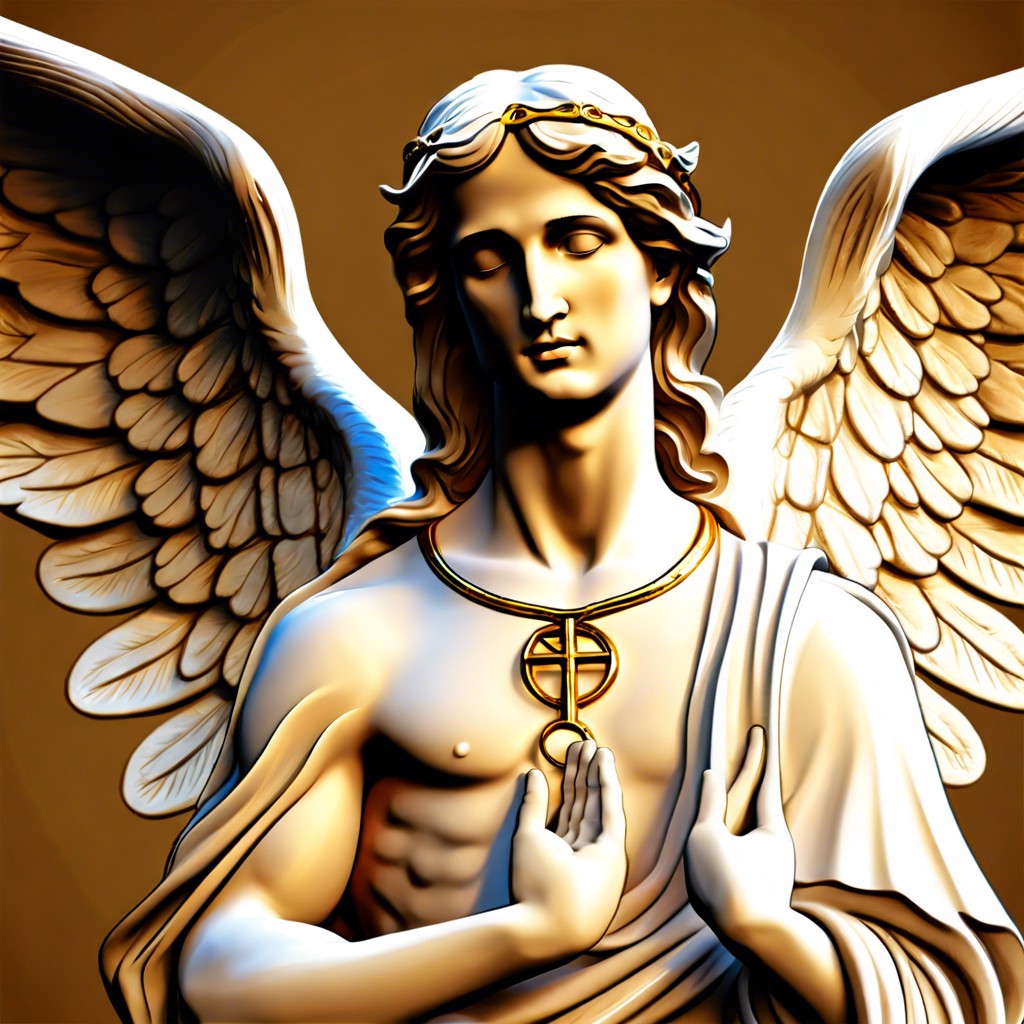Discover the spiritual symbolism of doves, including their associations with peace, love, and divine presence.
In many cultures, the dove is more than just a bird; it’s a potent symbol of peace, hope, and purity. Whether seen as divine messengers or icons in mythology, art, and literature, doves carry profound meaning and timeless significance. Dive into the rich tapestry of dove symbolism woven through history and discover what makes this bird a universal emblem of deeper values and ideals.
Key takeaways:
- Doves symbolize peace and hope universally.
- Doves are seen as divine messengers across cultures.
- Doves represent purity and innocence in various contexts.
- Doves hold significance in mythology and folklore worldwide.
- Doves are powerful symbols in art and literature, conveying deeper meanings.
Symbol of Peace

The dove has long been associated with peace, offering a universally recognized symbol of tranquility and harmony. This connection dates back to ancient times, notably seen in the story of Noah’s Ark where a dove returned with an olive branch, signifying the end of the flood and the arrival of peace.
In modern contexts, doves are frequently released at ceremonies and events to symbolize the hope for peace and new beginnings. Their gentle nature and graceful flight embody a sense of calmness and serenity, reinforcing this symbolic link.
Additionally, many cultures view the dove as a harbinger of good will and peaceful coexistence. Its imagery often features in peace treaties, stamps, and posters advocating for global harmony. The simple, pure presence of a dove conveys a powerful message without the need for words.
Messenger of the Divine
In many spiritual traditions, doves are considered divine messengers. This belief spans across various cultures and religions.
In Christianity, the Holy Spirit is often depicted as a dove, especially in the story of Jesus’ baptism. The dove descending from heaven symbolizes God’s presence and peace.
In Greek mythology, doves are associated with numerous gods and goddesses, particularly Aphrodite, the goddess of love. The bird often signifies divine intervention in mortal affairs.
Native American tribes also view doves as bridge-builders between the human and spirit worlds. Their gentle cooing is thought to bring messages of comfort from ancestors.
These examples highlight the deep-rooted symbolism of doves as conveyors of divine guidance and reassurance.
Representing Purity and Innocence
Doves often symbolize purity due to their white color, which universally represents cleanliness and innocence. This connection makes them powerful emblems in various cultural and religious contexts.
In Christianity, doves are linked to the Holy Spirit, exemplifying a pure and divine presence. This symbolic purity is why they are often featured in baptismal ceremonies.
In myths and folklore, a dove’s gentle nature and monogamous pairing habits speak to the purity of love and fidelity. These qualities reinforce their association with innocence.
In art, doves frequently appear in depictions of the Virgin Mary, further emphasizing themes of purity and untainted virtue.
Symbol in Mythology and Folklore
In Greek mythology, the dove is sacred to Aphrodite, the goddess of love. It symbolizes beauty and harmony. In ancient Ireland, the Celts saw doves as messengers between the earthly realm and the spiritual world.
Similarly, in Hindu tradition, doves embody the soul’s journey and signify peace. Native American tribes often see the dove as a symbol of protection, bringing messages of safety and love.
Across these cultures, doves represent powerful spiritual connections and messages, carrying deeper meanings far beyond their gentle appearance.
Symbolism in Art and Literature
Throughout art and literature, doves have been powerful symbols. They often appear to convey deeper meanings.
In paintings, doves frequently symbolize the Holy Spirit, particularly in Christian art. For example, in depictions of the Annunciation, a dove signifies divine intervention or a blessing.
In literature, doves can symbolize peace and hope. For instance, in the Bible, a dove returns to Noah’s Ark with an olive branch, indicating the flood’s end and hope restored. Similarly, in poetry, doves might represent love or purity. Writers use them to evoke feelings of calm and serenity.
Pablo Picasso’s “Dove of Peace” is another notable example. This artwork has become synonymous with the peace movement, demonstrating how a simple dove image can carry profound meaning.
Thus, both artists and writers utilize the dove to enhance their messages, making it a universally understood symbol.





